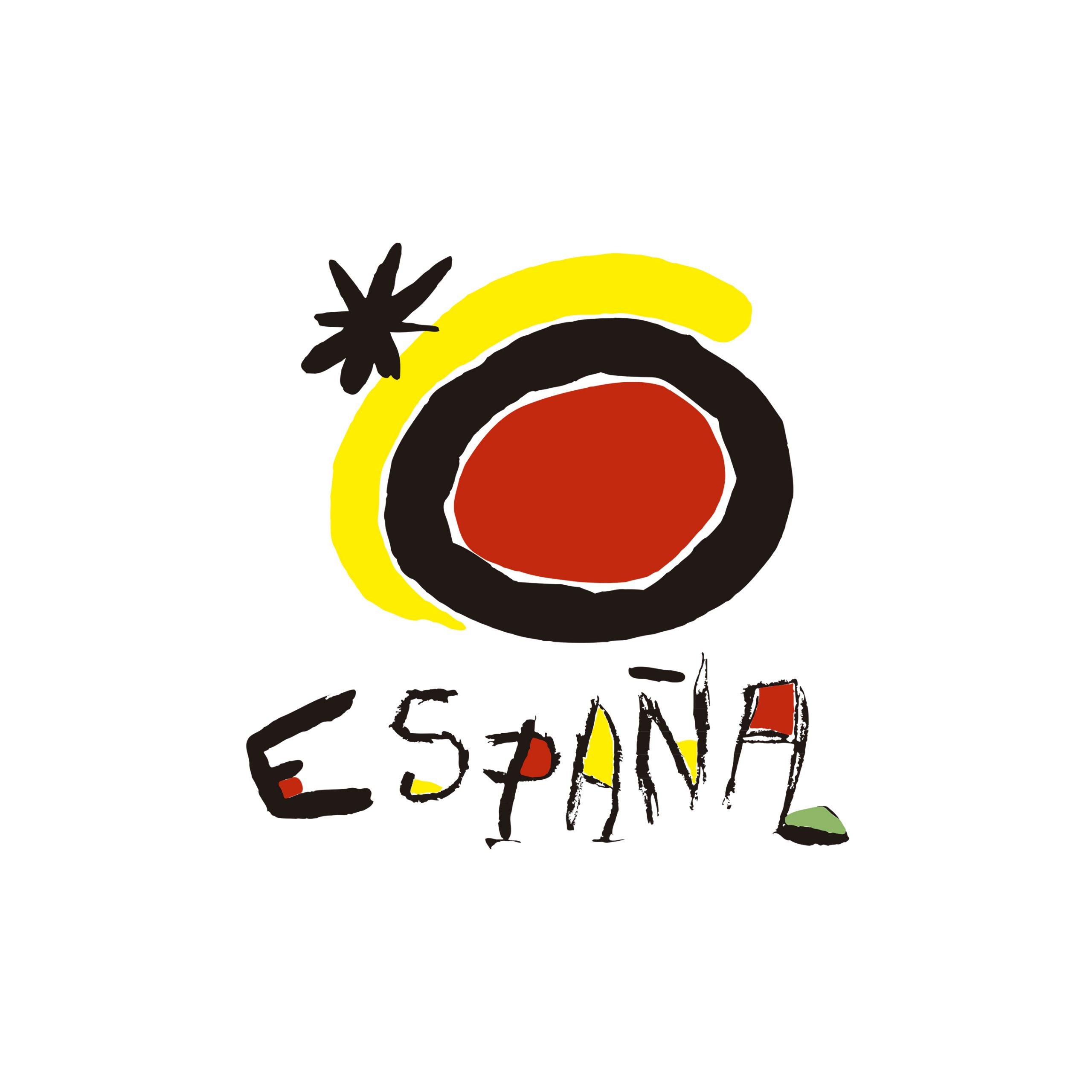Whether you’re working with a private caterer or the catering manager at the venue itself, it’s helpful to consider several factors before building the menu for catering events and meetings. The first thing to remember for corporate catering is that the menu options they present are almost always 100% flexible. And even though most caterers will allow you to confirm the menu and head count about three weeks prior to the event, confirm the menu early in the planning phase.
Catering Menu at Breakfast, Lunch, and Dinner
The menu should include several pre-packaged meal options and a la carte selections developed by the executive chef or caterer:
- Breakfast. Packaged menus are usually more cost effective and easier to select, including continental options, hot buffets, and breakfast stations.
- Lunch. Most offer several buffet options, “working lunch” choices (includes a la carte sandwiches and sides), and boxed lunches.
- Dinner. You always have a choice of packaged buffets or plated dinners, and both offer a choice of three to five courses. This is where you will find items that reflect the executive chef’s personal preferences.
Event Catering Menu for Breaks and Receptions
The executive chef or caterer will present you with several pre-packaged meal options, as well as a la carte selections.
- Break items. If your budget can afford it, theme breaks are always more interesting than standard beverages and snacks.
- Receptions. Most caterers offer a la carte options for passed chilled and hot hors d’oeuvres, and hosted bar reception packages (charged hourly per person or on consumption). They also offer cold and hot platter stations, as well as dessert stations.
Event Catering: Buffet vs. Plated?
Regardless of the meal in consideration, I’ve encountered numerous situations when the management team hosting an event has requested the wrong format for serving a meal. The following should serve as a good guide to determine how to serve the meal:
- Plated. Requires at least 1.5 hours, if not 2 hours of agenda time to properly serve and clean the room. Most commonly for dinner and relaxed senior executive meetings.
- Buffet. Try to allow up to 1 hour of agenda time. Most commonly for breakfast and lunch.
- Passed items. Typically only during receptions.
Corporate Catering Requires Attention to Special Needs
It is critical to incorporate and notify your catering manager about any special requests and needs that your guests may have, including the following:
- Food allergies
- Religious requirements
- Dietary restrictions
Banquet Event Order
This is the formal write-up that details all elements of your catering needs. It will require the event planner’s signature, so carefully review this document for accuracy because both you and the caterer will refer to it later. It will include the following:
- Food & beverage
- Room setup
- Audio-visual
- Entertainment and decor
- Fees
Budget Items
When building your catering budget, anticipate the following charges:
- Catering minimums. Most meals require a minimum head count and charge on a per person basis.
- Labor charge. A minimum charge applied to setup your event; however, often negotiable and waived if the event meets minimum fees.
- Chef fee. Charged if your event uses a carving station.
- Bartender fee. Charged if your event requires bartender services.
- Room rental fee. Often negotiable and waived if the event meets minimum fees.
- Service charge and sales tax. Anticipate 20% or percentage identified as service fee, and local taxes.
















